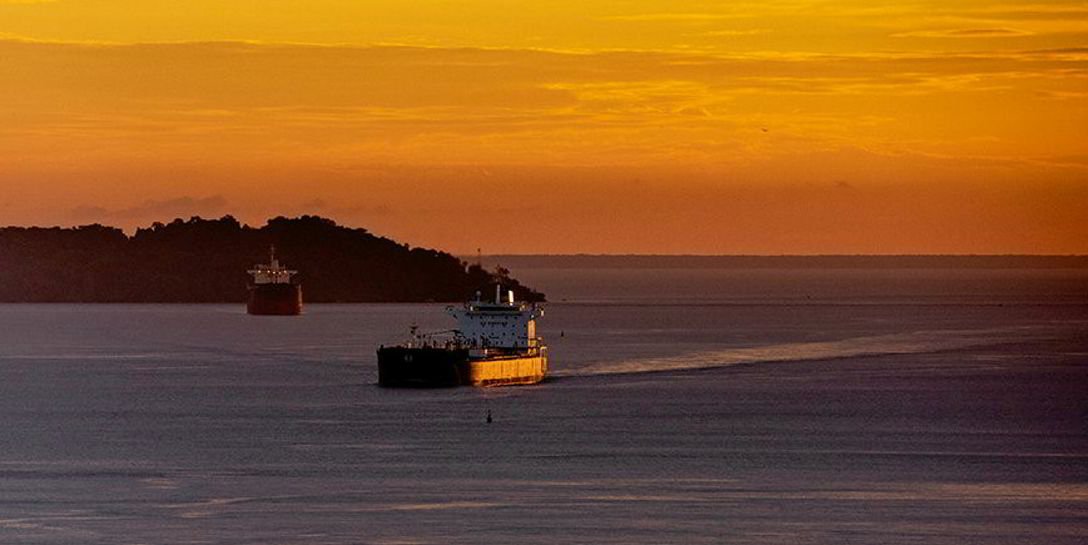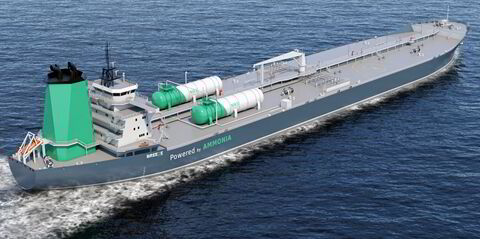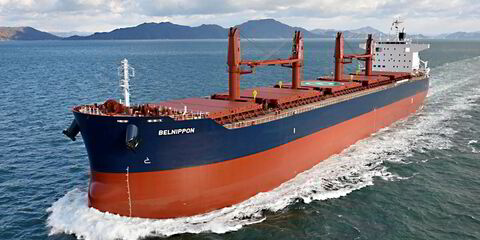London-listed shipping fund Tufton Oceanic Assets is looking to reinvest its surplus cash made from the recently completed sales of its two handysize tankers.
The company outlined it had up to $25m of investible cash following the disposal of its tankers, without disclosing further details.
“We are looking at a couple of projects at the moment which are fairly well-advanced,” chief executive Andrew Hampson said during the company’s quarterly results presentation.
“We hope to come back to you very shortly on how we will be reinvesting.”
When approached by TradeWinds, Hampson reiterated that the company was not able to comment on future acquisitions.
Nicolas Tirogalas, chief investment offer and president, added: “Current investment opportunities remain attractive and we hope to announce something in the next few weeks.”
However, during the results presentation, Tirogalas alluded to the recent surge in demand for intermediate-size container ships in the last couple of months.
“This, in our opinion, marks this segment as quite an attractive investment opportunity today,” he said.
Hampson also commented on the dramatic increase in demand for container ship fleets following the rerouting disruptions caused by the Red Sea conflict.
However, Hampson affirmed: “We won’t be making any investments based on Red Sea disruptions but more so on market fundamentals. However, if the Red Sea situation relaxes, there is still strong underlying demand for seaborne movement of containers.
“Although, we don’t think it [the conflict] will be resolved by year-end, though this is a question for politicians.”
The company currently has a fleet of 20 ships, following the two recent sales, which include ultramax bulkers, chemical tankers and an LPG carrier.
Its handysize product tankers, the Pollock and Dachshund, were sold for a reported total of $41.8m. The sale of the Pollock closed on 16 May, while the Dachshund took longer than expected.
“We were hoping to get it done within Q2 [the second quarter], but for operational reasons, the vessel couldn’t actually deliver until July 1st,” said Hampson.
Asked why the company was reinvesting the cash surplus rather than returning it to its shareholders, Hampson said that he believed that the supply-led recovery in the shipping market would go beyond 2028, therefore, it was worthwhile investing some of the capital.
Vessels getting older
Tirogalas also indicated that he expects the number of vessels turning 20 in the next few years, globally, is going to increase significantly.
“Vessels are getting older and older. This will benefit younger fleets like ours, which average 11 to 12 years,” he said.
Asked whether there was still demand to do retrofits or whether there was an ESG slowdown, Hampson confirmed: “We will continue to retrofit on the remainder of the fleet as and when they go into dock. We’ve got a fairly heavy docking schedule for 2025, and we will complete various [energy-saving device] retrofits to the vessels.
“We will also continue to renew those even on ships where we have done previous work in the past as we go forward.”





